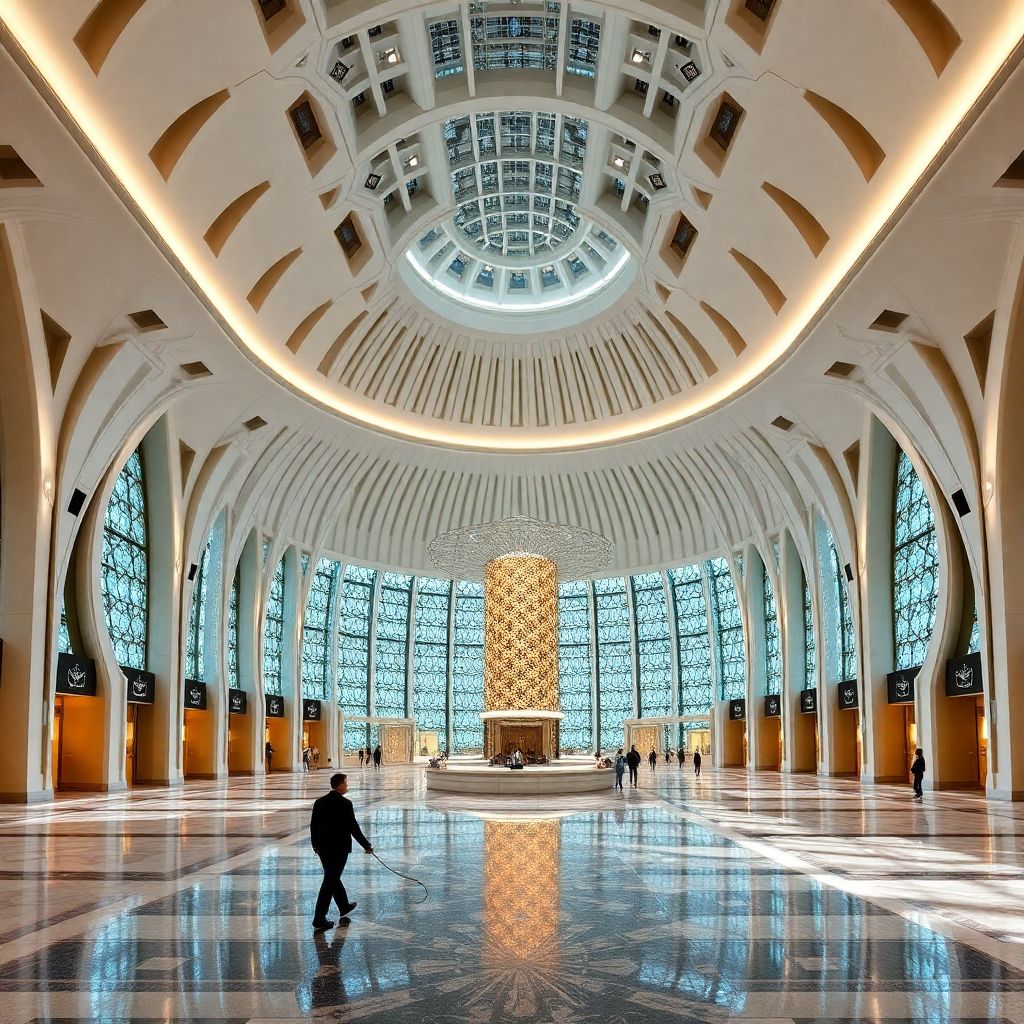Big Tech and Crypto Giants Contribute to Trump’s Lavish White House Ballroom Project
A striking new addition to the White House landscape is underway: a massive 90,000-square-foot ballroom, primarily financed by private donations from leading figures and firms in the tech and crypto industries. The project, championed by former President Donald Trump, is progressing quickly on the site of the East Wing, raising both eyebrows and questions about transparency, influence, and preservation.
The estimated cost of the ballroom has surged to approximately $300 million, yet officials insist that no public funds are being used. The financial engine behind the endeavor is The Trust for the National Mall, a nonprofit organization with a long-standing history of supporting public space enhancements. This group is now acting as the intermediary through which corporate and individual donations are being funneled.
Among the prominent backers are some of the biggest names in Silicon Valley and the blockchain world. Tech giants such as Amazon, Apple, Google, Meta, and Microsoft have reportedly pledged significant support. On the cryptocurrency side, major players like Coinbase, Ripple, and Tether have also contributed. Notably, the list of donors doesn’t end there — traditional industries like tobacco (Altria, Reynolds American) and defense (Lockheed Martin) have also joined the funding effort.
Trump himself announced the groundbreaking in October 2025, stating that the ballroom would be a “big, beautiful” venue for presidential events and national celebrations. He emphasized that the project is entirely funded by “generous Patriots, Great American Companies, and, yours truly.”
While the ballroom is intended to host large-scale gatherings, accommodating up to 1,000 guests at a time, the project’s rapid development and its funding model have drawn criticism. Preservationists and federal oversight bodies have expressed concern over the East Wing’s demolition occurring before all regulatory approvals were reportedly finalized. The speed of construction has only amplified these worries.
Moreover, scrutiny has intensified over the financial arrangement with The Trust for the National Mall. Reports indicate that the nonprofit may retain around 2.5% of incoming donations as administrative fees. Given the scale of the contributions, this could amount to millions of dollars, sparking debate about whether donor money is being used efficiently — and transparently.
Transparency is further complicated by the lack of publicly disclosed donation amounts. While many major corporations and wealthy individuals are acknowledged as contributors, the specific financial commitments remain largely undisclosed. This opacity has led to concerns about the influence that such donors might wield over future policy or access to the White House.
Adding to the controversy, there are indications that donors may receive formal recognition in exchange for their generosity. Draft pledge documents have reportedly included proposals for naming rights or other forms of acknowledgment tied to the new ballroom — such as plaques or dedications. Lawmakers and watchdog groups fear such perks could create an environment where political access is subtly bought through philanthropy.
Several members of Congress have already called for greater clarity on donor relationships and how funds are being managed. Some have proposed formal audits or congressional oversight to ensure public trust is not undermined by private interests seeking favor.
The ballroom, despite its grandeur and symbolic potential, has thus become a lightning rod for discussions about the role of private money in public institutions. At the core of the debate is a larger question: Should iconic government landmarks like the White House be open to such extensive private investment, even if taxpayer dollars are spared?
Supporters argue that the project is a patriotic gesture and a practical solution to modern event-hosting needs at the White House. They point out that similar ventures — such as privately funded museum wings or public park renovations — have long relied on philanthropy without compromising national integrity. In their view, the ballroom is a necessary evolution of the executive mansion’s capacity to host major diplomatic and ceremonial functions.
However, critics caution that the precedent being set could erode public oversight, particularly if high-profile donors expect something in return. The line between civic generosity and political influence is thin, and the lack of transparency surrounding this project only blurs it further.
In the broader context, the ballroom’s construction signals a growing trend: the increasing entanglement of tech and crypto wealth with American political institutions. As these industries amass unprecedented financial power, their participation in government projects — even symbolic ones — may reshape how public infrastructure is funded and who gets to shape its future.
There’s also a symbolic dimension to this development. For Donald Trump, who is known for his branding prowess and affinity for grand projects, the ballroom may serve as both a legacy marker and a campaign tool. As he eyes political resurgence, the ballroom could become a visual centerpiece of his continued influence over the Republican Party and American politics more broadly.
Looking forward, it remains to be seen how the finished project will be received by the public. Will it be celebrated as a privately funded marvel that enhances the White House’s functionality and prestige? Or will it stand as a monument to the growing sway of corporate and crypto capital in the heart of American democracy?
One thing is certain: the White House Ballroom, long after its completion, will continue to spark debate about the balance between public interest and private influence in the nation’s most iconic address.

